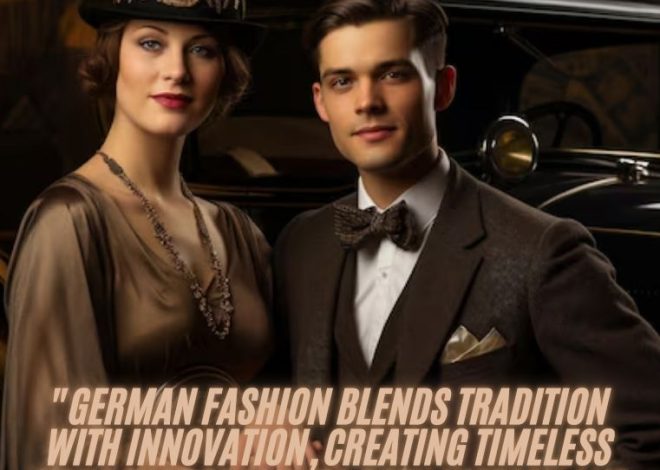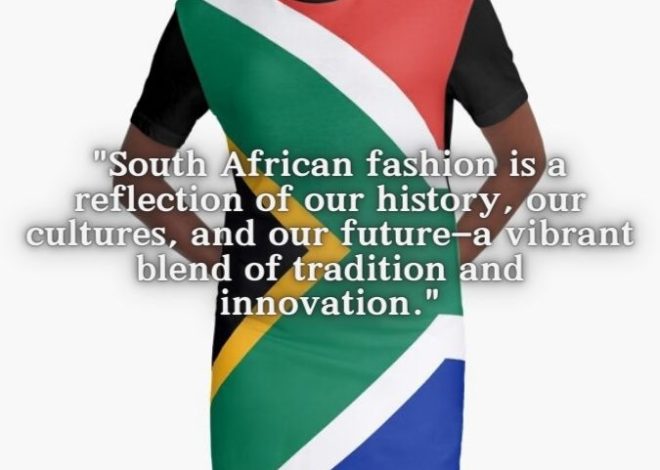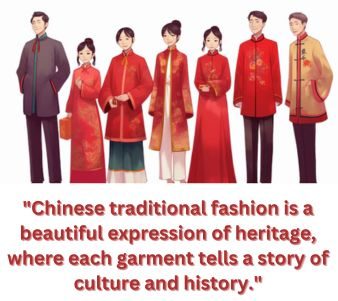
“Essence of Chinese Traditional Fashion.”
Chinese traditional fashion is a rich tapestry woven from thousands of years of history, culture, and artistry. It reflects the philosophies, social structures, and aesthetic values of the various dynasties and ethnic groups that have shaped China. Understanding this heritage involves delving into the historical context, key garments, symbolic meanings, and the evolution of styles over time.
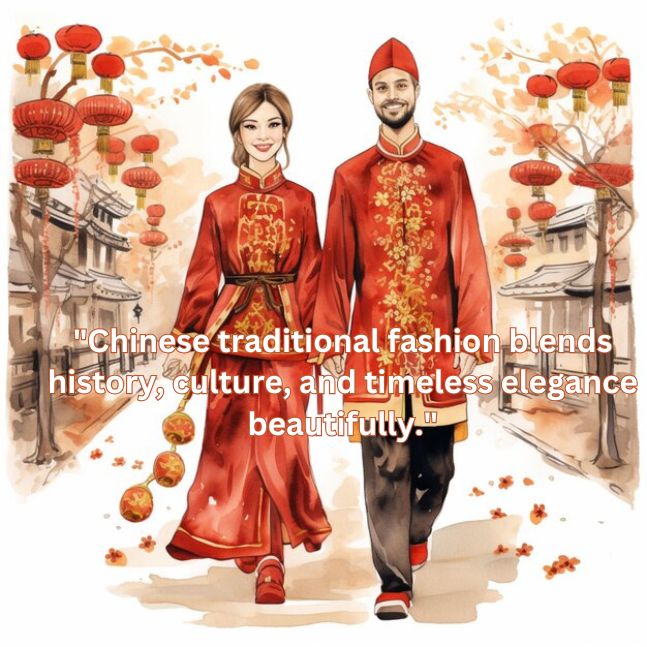
Historical Context
The roots of Chinese fashion can be traced back to ancient dynasties, with evidence of textile production and clothing styles found in archaeological sites. The earliest known garments date back to the Neolithic period, where clothing was primarily made from animal hides and woven fabrics. As society progressed, so did the sophistication of clothing, influenced by the development of agriculture, trade, and cultural exchange.
The Xia, Shang, and Zhou dynasties (c. 2100–256 BCE) laid the foundation for traditional Chinese clothing. During these periods, the “Hanfu,” or “Han clothing,” emerged as a prominent style. This garment featured a simple yet elegant design with wide sleeves and a loose fit, embodying the Confucian values of modesty and restraint.
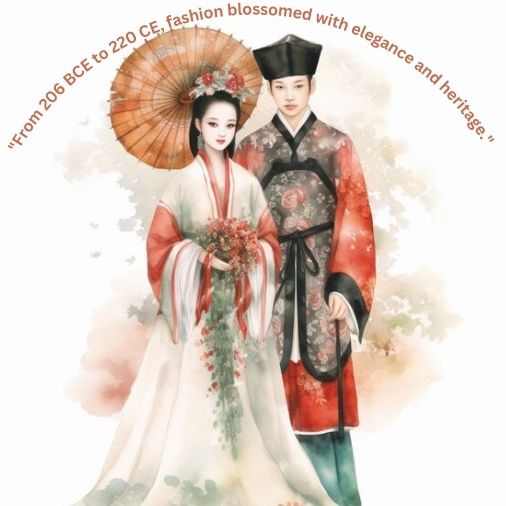
Key Garments and Styles
- Hanfu: As the quintessential garment of the Han dynasty (206 BCE–220 CE), Hanfu is characterized by its flowing silhouette and layered structure. It typically consists of a tunic and a skirt or trousers, often adorned with intricate embroidery and patterns. The color and fabric of Hanfu often signify the wearer’s social status and cultural identity.
- Qipao (Cheongsam): Emerging in the early 20th century, the qipao became a symbol of modern Chinese fashion. This form-fitting dress, with its high collar and side slits, blends traditional aesthetics with contemporary sensibilities. The qipao has evolved over time, incorporating various fabrics, patterns, and styles while maintaining its connection to Chinese heritage.
- Tang Suit: Inspired by the clothing styles of the Tang dynasty (618–907 CE), the Tang suit combines traditional elements with modern design. It typically features a Mandarin collar and a straight cut, often made from silk and embellished with intricate embroidery. The Tang suit has become a popular choice for formal occasions, symbolizing cultural pride.
- Miao Clothing: The Miao ethnic group, known for its vibrant textiles, produces clothing that showcases intricate embroidery, silver accessories, and bold colors. Miao garments often reflect the wearer’s identity and social status, with designs that carry specific meanings related to nature, culture, and mythology.
Symbolic Meanings
Clothing in Chinese culture is laden with symbolism. Colors, patterns, and styles often convey specific meanings. For example, red is associated with good fortune and happiness, making it a popular choice for weddings and celebrations. White, on the other hand, is traditionally linked to mourning and is rarely worn at festive occasions.
The use of motifs in embroidery and fabric also carries significant meaning. Dragons symbolize power and strength, while phoenixes represent beauty and grace. Floral patterns often signify prosperity and fertility. The combination of these symbols in traditional clothing not only enhances the aesthetic appeal but also communicates the wearer’s aspirations and values.
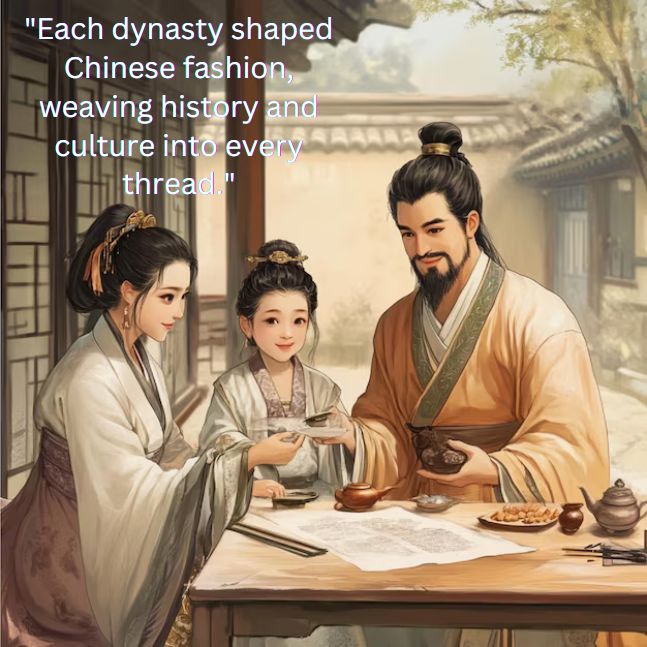
The Influence of Dynasties
Throughout Chinese history, various dynasties have left their mark on traditional fashion. The Tang dynasty, known for its cosmopolitan culture, saw an influx of foreign influences that enriched Chinese clothing styles. Silk became a prized fabric, and the opulent designs of Tang garments showcased the wealth and sophistication of the era.
The Song dynasty (960–1279 CE) shifted towards simplicity and elegance, reflecting the rise of scholarly culture. Clothing became more practical, with an emphasis on comfort and subtlety. The styles of this period influenced later designs and continue to resonate in modern interpretations of traditional fashion.
The Qing dynasty (1644–1912 CE) introduced the Manchu-style clothing, characterized by its high collars and unique silhouettes. The qipao emerged during this time, evolving from traditional garments to represent a blend of old and new. This period also marked the beginning of Western influence on Chinese fashion, leading to a fusion of styles that would define modern Chinese clothing.
The Revival and Modern Interpretation
In recent decades, there has been a resurgence of interest in traditional Chinese fashion, driven by a desire to reconnect with cultural roots. Fashion designers and cultural enthusiasts are increasingly incorporating elements of traditional clothing into contemporary designs. This revival is not just about aesthetics; it’s a celebration of cultural identity and heritage.
Fashion shows, exhibitions, and cultural festivals are highlighting traditional garments, allowing new generations to appreciate their significance. Social media platforms also play a crucial role in promoting traditional fashion, as young people share their interpretations and styles online, fostering a global appreciation for Chinese heritage.
Moreover, traditional Chinese fashion is being embraced in modern contexts, from wedding attire to formal wear. Many brides are choosing to wear qipaos or Hanfu for their ceremonies, symbolizing a blend of tradition and modernity. This trend signifies a broader cultural movement where individuals seek to honor their heritage while embracing contemporary influences.
Challenges and Cultural Sensitivity
Despite the revival, there are challenges in navigating traditional fashion in a modern context. Cultural appropriation remains a significant concern, where elements of Chinese fashion are adopted without understanding their cultural significance. It is essential to approach traditional clothing with respect and sensitivity, recognizing the historical and cultural contexts that shape these garments.
Educating people about the meanings behind traditional fashion and promoting cultural appreciation over appropriation is vital in ensuring that the heritage of Chinese fashion is honored and preserved.
Conclusion
The heritage of Chinese traditional fashion is a reflection of the country’s rich history, diverse cultures, and artistic expressions. From the flowing lines of Hanfu to the intricate designs of Miao clothing, each garment tells a story of the past while inspiring future generations. As interest in traditional fashion continues to grow, it serves as a reminder of the importance of cultural identity and the enduring power of heritage. Embracing this legacy allows individuals to celebrate their roots while navigating the complexities of modern life, ensuring that the essence of Chinese traditional fashion remains alive and vibrant.













